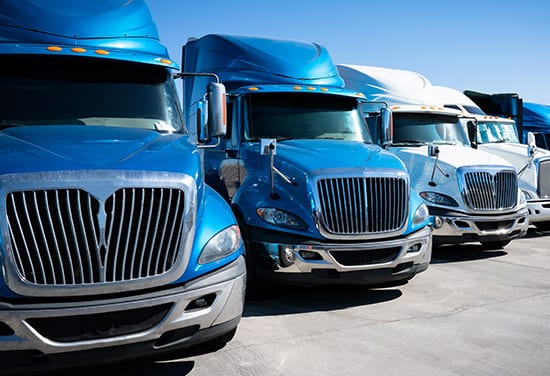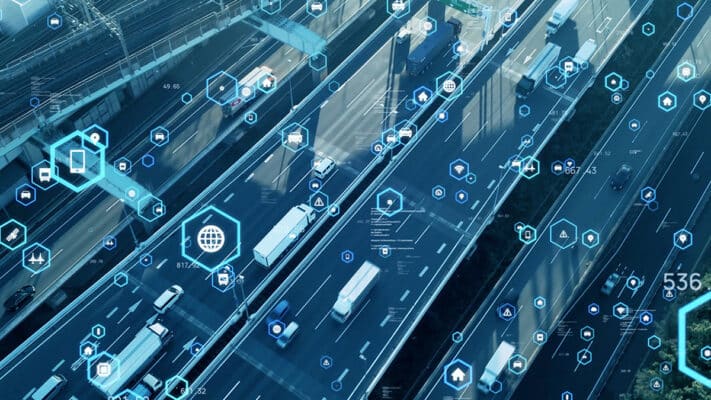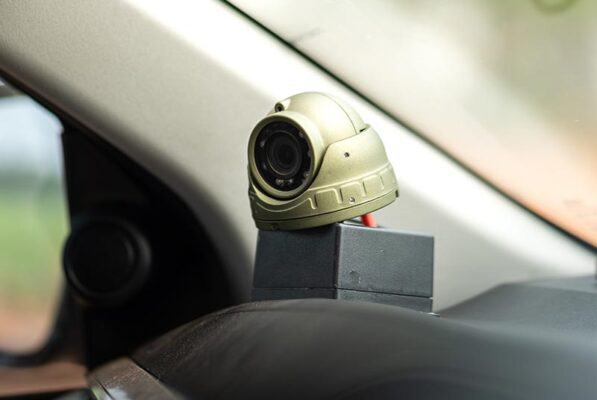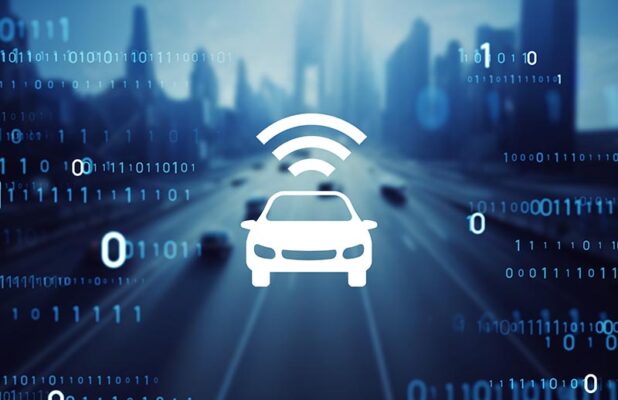Video Telematics Cameras: What You Need to Know
By Greg Oppenheim
March 21, 2024
Estimated reading time: 5 minutes

Video telematics technology is typically augmented with a combination of vehicle data and driving data. This information provides more context on incident footage and transmits real-time video evidence. It can even collect data on driving behavior. This technology also allows you to collect and map street data, such as hazards and construction.

The COVID-19 pandemic hampered developments from 2020 to 2021, but growth has started returning to the market. Berg Insight foresees a continuous uptake of video telematics solutions in all geographies from 2023 to 2026.
The active installed base of video telematics systems is growing at a compound annual growth rate (CAGR) of 16.5%. It is forecasted to reach almost 6.3 million units in North America by 2026. In Europe, the installed base is expected to grow at a CAGR of 17.9%, reaching 2.1 million units by 2026.
This recent growth surge is due to multiple factors, the main driver being waning privacy concerns. At first, drivers took issue with being filmed constantly. Those privacy issues have become less prominent because of benefits like lane, reverse and parking assist. These advantages have resulted in greater acceptance of video telematics cameras, especially in commercial settings.
At the same time, vendors in the market have wisely reframed this technology’s positioning (in fleet management specifically). The perspective has shifted from monitoring poor drivers to identifying and rewarding good drivers.
Additional developments contributing to video telematics adoption include:
One of the most recognized uses for telematics video cameras today is fleet management. Companies that manage fleets can use video telematics to collect real-time information, such as vehicle behavior and driver insights.
You can use these insights to:

You can use the data you collect on your fleet to improve fuel efficiency and increase productivity. For example, data on fuel consumption and routes can help you optimize work and enhance planning.
What’s important is that with the help of video, you can:
These insights give you the ability to make better decisions and solve problems.
With access to more information, you can identify issues and reduce accidents in a fleet, leading to decreased insurance and repair expenses. In addition, most insurance companies provide discounts on policy premiums for fleet operators using the technology.

The evolution of cameras and the introduction of AI and MV have enabled more actionable data, expanding the applications that can protect drivers. These new applications include:
Moreover, like home doorbell cameras, vehicle cameras that are visible or flagged with warnings can deter criminal behavior.
IoT and video telematics make evaluating risk based on real-world driving behaviors possible. Insurers can use telematics device data to provide more personalized services.
This personalization creates a better experience for the customer and allows insurance companies to:

Insurance companies can review and analyze the collected data to create and customize policies based on driving behavior.
That data can also encourage people to drive more safely. Beyond assessment, video telematics devices can reinforce and promote driving best practices. This is made possible through driver training and coaching applications that leverage actionable AI and ML data.
With video telematics, you can easily see what happened in an accident and who is at fault, making it possible to reduce fraudulent claims.
Telematics data creates new opportunities to impact customer satisfaction and overall business significantly. Three of these opportunities are:
You can collect diagnostics information to stay informed about vehicles’ state and be alerted to potential problems before they wreak havoc. This data can dramatically reduce downtime and expenses.
Video telematics can also be valuable for asset tracking, making inventory and tool management across multiple locations easier. Using this data, you can reduce risk and locate and identify lost or stolen items.
Manually managing inventory data leaves a lot of room for inaccuracy. Video telematics data can help you keep track of inventory in real time. It can help you take a more proactive and accurate approach to inventory management.
Companies must focus on conveying these benefits to make this technology attractive to customers. You can accelerate the adoption of video telematics by effectively communicating the service’s value and that the camera is a tool that delivers these services.

The most flexible telematics video products with the highest return on investment (ROI) are based on cellular technology. Cellular provides the connection to your phone app or a fleet operations center.
Choose a video telematics supplier with a system that includes a cellular modem that can sustain the performance you need. For example, if you need live video, the device’s cellular technology must maintain a decent upload speed to send data from the devices to the network.
You should retain cellular data plans for the cameras available in the region you need. Since cameras consume high data volumes, you need a precisely calculated roaming exposure to avoid roaming overage issues.
You must consider data security and privacy. Select a provider with a system and associated services guarantee. The vendor should be able to provide you with a clear statement about security and privacy in terms of hardware and software, as the cameras collect sensitive data.
You must be clear on what the data will be used for and ensure it will only be used for that purpose. You must then inform the potential customer about how this data would be used and get them to agree to the terms and conditions.
Furthermore, with new AI, machine learning (ML) and MV applications, your business should consider a vendor with video telematics offerings that are interoperable and agnostic. You will also need to decide between a build vs. buy approach and what type of business model you want to offer (e.g., full solution, exclusive partner or marketplace).
Telit Cinterion can securely and reliably enable your business at every step of the video telematics value chain. We offer cost-optimized single, double, triple and quadruple-play options with our modules, connectivity services, platforms and solutions. We also provide connected module as a service packages combining hardware and connectivity.
Editor’s Note: This blog was originally published on 7 December 2020 and has since been updated.